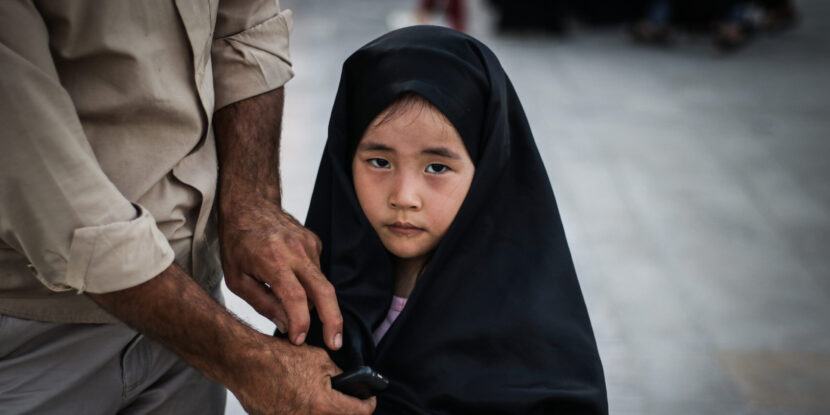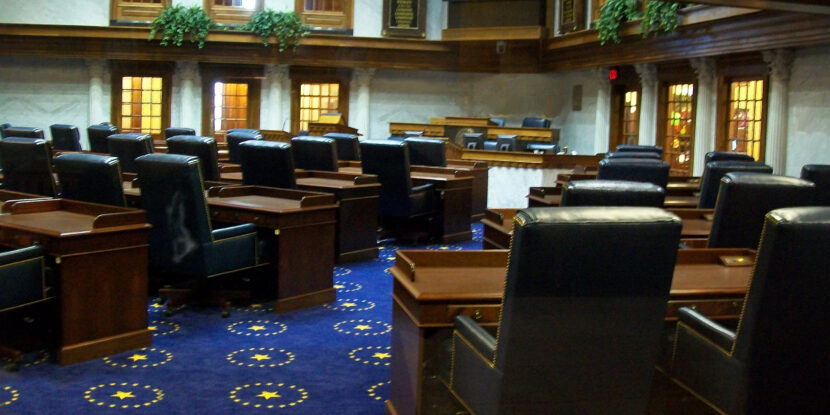President Donald J. Trump is taking on the BRICS coalition—named for and initially comprised of Brazil, Russia, India, China, and South Africa—as the international group continues to threaten the launch of a reserve currency alternative to the dollar. While BRICS is unlikely to be successful in its global reserve endeavors, as its member countries all tend to have either weak or manipulated currencies, the Biden government’s tolerance of its existence has allowed the group to grow in size and at least appear to be a competitor to the United States.
“The idea that the BRICS Countries are trying to move away from the Dollar, while we stand by and watch, is OVER,” Trump wrote on Truth Social late Thursday night, adding: “We are going to require a commitment from these seemingly hostile Countries that they will neither create a new BRICS Currency, nor back any other Currency to replace the mighty U.S. Dollar or, they will face 100% Tariffs, and should expect to say goodbye to selling into the wonderful U.S. Economy.”
Despite accounting for nearly half of the global population, the BRICS members generate only about a third of global GDP. Their relatively export-heavy economies are the result of either their nations’ intentionally (in the case of China) or unintentionally weak currencies creating trade imbalances—which appears to be the actual crux of President Trump’s complaint against the international group.
For years, the BRICS nations have floated the possibility of creating an alternative to the U.S. dollar as the global reserve currency. However, with the Chinese Yuan already being pegged to the dollar and being purposefully devalued by the Chinese Communist Party (CCP), it is an unlikely vehicle for this goal. Further, the Russian ruble only trades about 100 to one against the U.S. dollar, ruling it out as a possible global reserve—the Indian rupee trades on a similar margin. Brazil’s real is stronger but trades at a nearly 10 to one ratio.




















